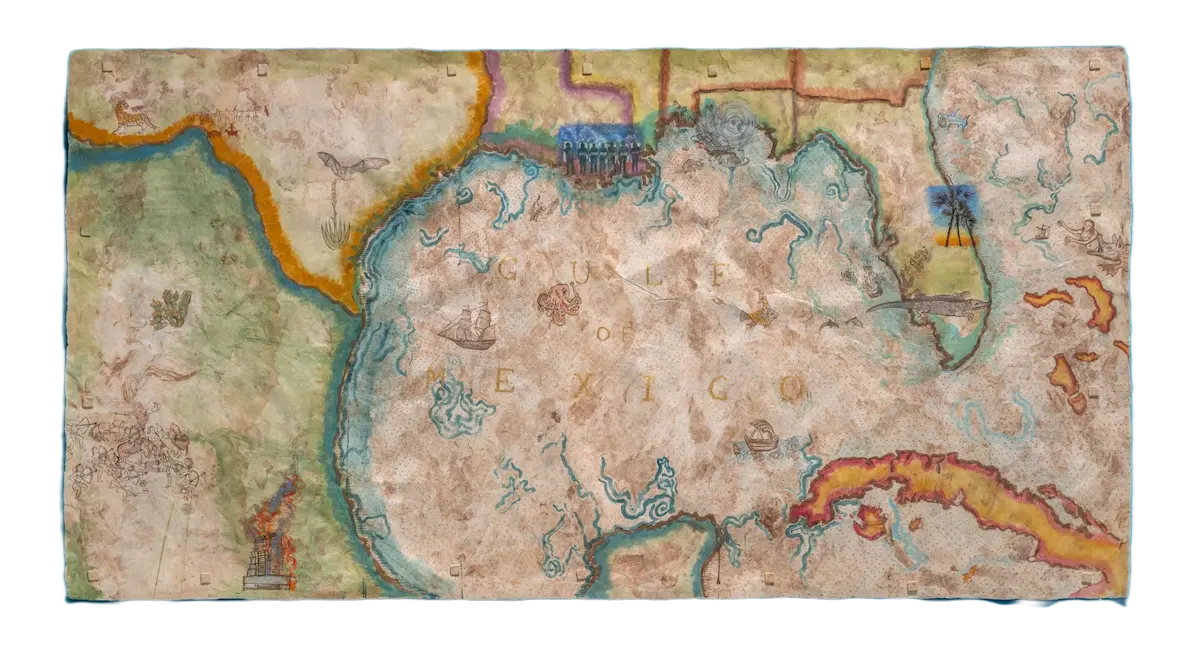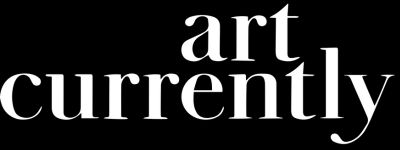In Conversation with Chicana Artist Sandy Rodríguez on Remapping the Gulf Coast in Native Pigments
Installation View
Sandy Rodríguez is a Los Angeles-based Chicana artist whose work fuses field research, natural pigments, and historical cartography to explore colonial histories and resistance across the Americas. Her ongoing series, Codex Rodríguez–Mondragon, uses hand-processed pigments on amate paper to map cycles of violence and survival, linking past and present. These pigments serve as both medium and message—for example, Maya blue from the anil leaf and clay as a connection to the ancestors, walnut ink for healing, and cochineal red from insects as a stand-in for blood.
Her latest project, Currents of Resistance, marks a shift eastward. On view at the Ringling Museum of Art through August 10, the exhibition is Rodriguez’s first commission focused on Florida and the Gulf Coast. Developed as the result of her 2023 Hermitage Greenfield Prize, the project draws from site visits, conversations with scholars, and studies of early colonial maps to reimagine the region’s entangled histories through a Chicana lens.
Across large-scale panoramas, sound, and botanical studies, Rodriguez calls attention to what’s been buried—pigment traditions, ancestral knowledge, and moments of rebellion—and asks viewers to reconsider how the Americas have been shaped, mapped, and remembered.
Shreya of art currently spoke with the artist in detail about the show.
Currents of Resistance marks your first major body of work set in Florida. Your work has previously been based in the Southwest and Mexico—how did it feel to bring your practice into this new terrain?
Working in Florida provided the opportunity to deepen my engagement with the history of the Americas, particularly across the Gulf of Mexico. My practice centers on tracing the legacies of the colonial period and how they continue to shape the present. Florida offered a powerful lens through which to explore these themes, situating the Southeast within a broader narrative of 16th-century resistance in the Americas and drawing connections to ongoing forms of resistance today.
Were there any particular thinkers, texts, or conversations that helped shape your understanding of Florida’s colonial history or broadened the scope of this project in unexpected ways?
Erin Stone’s publication Captives to Conquest is a crucial read. Her work on the history of slavery in the Caribbean offers an eye-opening perspective on history not typically taught in schools. Both Erin Stone and Tatiana Flores, a scholar specializing in modern and contemporary Latin American, Caribbean, and Latinx art, have generously contributed to the upcoming Currents of Resistance exhibition catalog, and I am grateful for their work and inspiring conversations.
Your practice is intertwined with nature and investigates so many forms of indigenous knowledge. As an educator, how do you feel is the best way for us to reclaim that knowledge and move closer as a society to those ways of living?
My reconnection journey begins outdoors. I immerse myself in the land, visiting historic sites to conduct field study trips and opening myself to the power of these locations and histories. I'm drawn to various experiences in the landscape, and then I delve into understanding why—why a particular plant, animal, mountain, or body of water is so compelling. I then look back at my field drawings and notes and research the site further and discuss it with friends and colleagues, to understand its significance in the region over time. We've become disconnected from this understanding, from seeing ourselves as part of a larger ecosystem: a knowledge that existed for millennia before colonization and systemic erasure.
Moving onto materiality—what was specifically challenging or unique about any new materials you used here?
A challenge was conducting field work for an extended amount of time with the voracious and hungry insects at various times of the year. Instead of long multi-day sessions outdoors, I’d take quick studies and photos for reference and then move indoors to work. The Selby Botanical Gardens were helpful in creating a set of herbarium sheets of endemic native plants for the exhibition and collected samples for me to work from. They also loaned a selection of native dye plants in a denatured alcohol solution for the cabinet of curiosities. I also consulted with paper conservators from LACMA and the Huntington Museums in Los Angeles to safely integrate ocean water and rainwater into the works on display.
I want to go back to the connectivity you were describing earlier between different regions in the Americas. Were you finding that pigments used in Florida were similar to those on the West Coast?
I’m fascinated by the tradition of image-making and pigment we work with across the Americas, the symbolic power of mineral pigment, plant-based dyes, solar and under-realm materials. Many communities have traditions of painting on various supports—stone, ceramics, paper, and more—and pigments have distinct shifts of color on every surface as well as symbolic meanings.
I learned about the Key Marco collection of indigenous wood masks, figures, weapons, and shell tools excavated from deep within an oxygen-free “muck pit.” There was a very short window of time to record them before they degraded. If you examine the Key Marco collection at Penn Museum and specifically the Wells Sawyer watercolors made in 1896, you can see traces of paint color: black, white, and blue on these objects attributed to precontact Calusa communities (1300–1513 CE). It was through conversations with a paleoanthropologist that I learned about the Penn Museum Collection and saw that shell with Maya Blue present in archeological collections. And I thought, of course. All of that movement was happening within this region—it’s fascinating.
 Resistance Map of Gulf of Mexico, 2025. Hand processed watercolors on amate paper, 47 x 94 1/2 in. Collection of the artist, Image: The John and Mable Ringling Museum of Art, © Sandy Rodriguez
Resistance Map of Gulf of Mexico, 2025. Hand processed watercolors on amate paper, 47 x 94 1/2 in. Collection of the artist, Image: The John and Mable Ringling Museum of Art, © Sandy Rodriguez
Can you walk us through your research and preparation process when you’re beginning a new project?
When I begin research for a new exhibition or series of artwork like this one for Florida, my process involves examining historical maps created by the Spanish, Portuguese, and British since their initial encounters. I consult resources from institutions like the Library of Congress, the Huntington, the Rumsey Map Center at Stanford, and the Hispanic Society in New York to observe the diverse ways the region has been mapped from the early modern period to the present. My approach moves back and forth between past and present, inviting contemporary viewers to read a layered visual history and engage in critical conversations. This method allows for a deeper exploration of critical histories that are currently being silenced and erased from curricula.
You’ve been developing Codex Rodríguez–Mondragón since 2017. How has that long-term project evolved over time, and how does Currents of Resistance fit into that trajectory?
I’m creating visual histories inspired by our shared experience and contemporary stories, and because I’m a third-generation Mexicana Chicana painter, I contextualize them using early modern materials and techniques from the Americas. Each exhibition plays with art historical tropes from a perspective that centers Chicana and Indigenous knowledge systems as well as considers elements from European art history to reference the collision of cultures and systems of knowledge. Each exhibition part of the series is unique in strategies that are specific to each region and time when it is made.
If you were to put your educator hat back on, how do you feel like your approach to pedagogy has shifted?
My educator hat is always on—I work in conversation and collaboration with curators, education, and interpretive programs. Essentially, we’re creating environments and experiences for a broad cross-section of audiences. How do we engage people from a 50-foot distance and get them to take a closer look, put down their cell phone, get them to have a conversation with the people that they’re with? So it’s about creating various entry points. For me—I am an artist, a researcher, an educator that brings together ways to tell factual histories that shed light on our lived experience. The work is always about deep research and finding opportunities to inspire people to think critically and work toward an alternate and informed future.
How do you do that? How can you get people to take off their worldviews and see things from a new perspective?
I create factual maps that include moments of rupture & resistance alongside painted details of plants, animals, and landscapes that serve as connection points for my viewers. I will also offer different types of interpretive materials such as videos and didactics such as artist statements, teacher resources with QR codes, as well as professional development workshops for museum staff and educators to support education initiatives across the programs.
I’d love to return to what you said previously about coming from multiple generations of artists. How does the artistic and cultural knowledge passed down in your own family influence your work?
My mother is a Chicana painter born in Tijuana in 1950—she and I went to CalArts together in the early ‘90s, a conceptual, feminist art school in Los Angeles. That was also the time when artists like Henry Taylor and Mark Bradford were students, and Coco Fusco and Harry Gamboa were teaching—it was an interesting early ‘90s moment.
My grandparents—my grandmother from Aguascalientes and my grandfather from Cintalapa, Chiapas—were trained in the European painting tradition. They ran a small gallery in Tijuana at one point and supported themselves through painting commissions. I grew up surrounded by oil on canvas in every room—it wasn’t until my late teens that I learned that The Assumption of the Virgen was my grandfather's interpretation of a 17th-century Murillo painting over the fireplace.
I was raised in a household where oil painting, traditional recipes, and European techniques were valued and passed along. I carried that with me through CalArts and my work in museums. But at a certain point, I realized: I can trace the history of European art materials and techniques in detail—but what did I know about the history of image making in the Americas? That led me on my path for the past nine years. I've focused on recovering that material history and working with what it is conceptually to honor our ancestors and speak to contemporary audiences today.
Do you have a sense of how many people in this country are carrying forward this knowledge? Where are these traditions being preserved?
There are a number of artists who are doing the work across the Americas and abroad, and I think it is very timely in the current political climate that we’re experiencing.
Your work has these elements of protest and remembrance of forgotten histories. And like you said, you’re an educator, and your work contains some healing modalities. Are there ways you’ve seen your role as an artist and educator changing in today’s political climate?
What I’m doing is just a continuation of what tlacuilos (artist-scholar-scribes) have done for 500 years in the region. It’s in the blood—it’s what we wake up and are compelled to do each day. The strategy shifts generation by generation. But when I look at the work that I’m doing, when I look at the work that Amalia Mesa-Bains has been doing, when you look at Chicano Art, we’re still talking about the same themes, ideas, and histories. We may have developed slightly different tools for reaching a broader audience. But the messaging and materials are the same.
Your work sometimes deals with very heavy subject matter. What are your tools for managing that?
I go outside for a walk, giving it to the ocean or the desert. I sleep under the stars, go to a hot spring, and gaze into a fire after dinner. I watch the sunrise, listen to the birds in the morning, and take some quiet time for myself before reading headlines. Taking a beach walk and looking over the horizon helps me understand I'm not alone; I'm not carrying this weight by myself. The ancestors are with me; I am part of a much larger community.
What a beautiful note to end on. What are you excited about exploring next?
I am excited to share that I have two concurrent solo exhibitions I'm working on for spring 2026. I am presently working on a five-paneled, twenty-foot map of the Southern United States, a project supported by my Creative Capital Award, which will debut at The Huntington. Additionally, I am excited about producing my first globes for the Hispanic Society in New York. These collections were initially built by members of the Huntington family in the early 1900s and are located on opposite sides of the country and will host my concurrent solo exhibitions. I am particularly excited about the opportunity to contextualize my work within the extensive historical collections of both institutions.

.webp)

